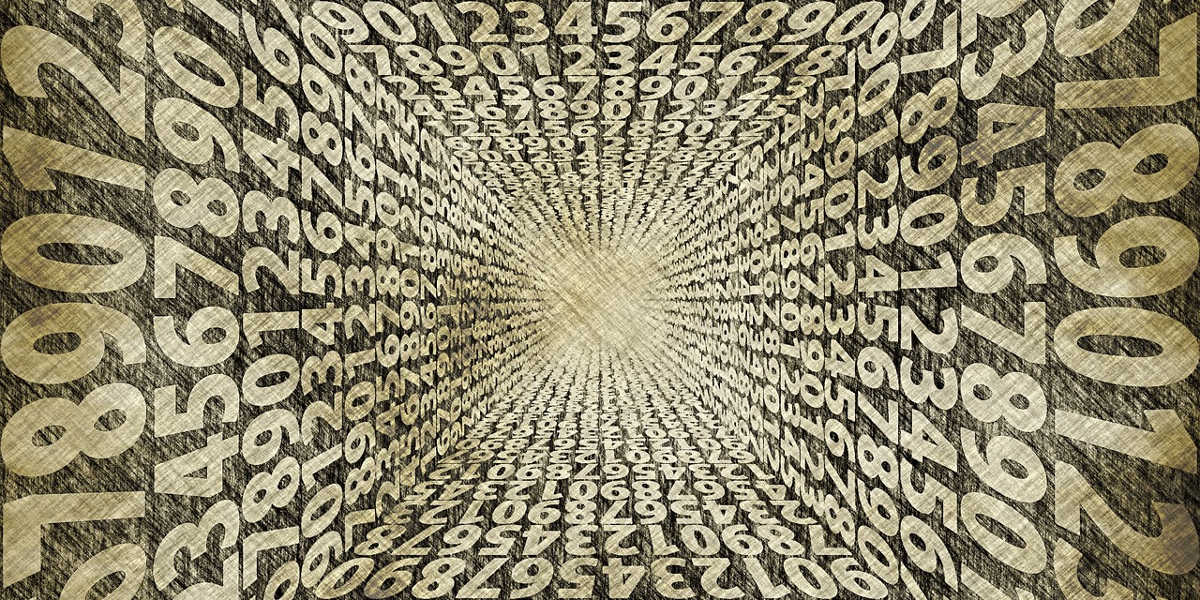This repeated process of summing a number’s digits produces its digital root.
One of the properties of digital roots is that when two numbers are multiplied, the digital root of the product is the same as the product of the digital roots of the two numbers themselves.
Every positive integer has a digital root of from 1 to 9, and in the case of cubes:
13 gives a digital root of 1
23 gives a digital root of 8
33 gives a digital root of 9
43 gives a digital root of 1
53 gives a digital root of 8
63 gives a digital root of 9
And so on. As a result, the cubes of any three positive integers will always produce the digital roots 1, 8, 9 (in some order).
UPDATE: Reader Hector Pefo offers a fuller explanation:
Any sequence of three positive integers will include numbers that are 0, 1, and 2 mod 3 (that is, a multiple of 3, a number that is one more than a multiple of 3, and a number that is two more than a multiple of 3). The cube of a number that is 0 mod 3 is itself 0 mod 9, that of a number that is 1 mod 3 is 1 mod 9 (as can be seen by expanding the cube of 3n+1), and that of a number that is 2 mod 3 is 8 mod 9.
Digital summation preserves a number’s value mod 9. For example, 3996 is 0 mod 9 and 4004 is 8 mod 9. The digital sum of 4004 comes from that of 3996 by subtracting 2 (final digit), adding 1 (first digit) and subtracting 18 (middle digits) for an overall effect of subtracting 19, which, mod 9, is the same as adding 8.
And so the digital roots of numbers that are 0, 1, and 2 mod 3 will always be 9, 1, and 8.

